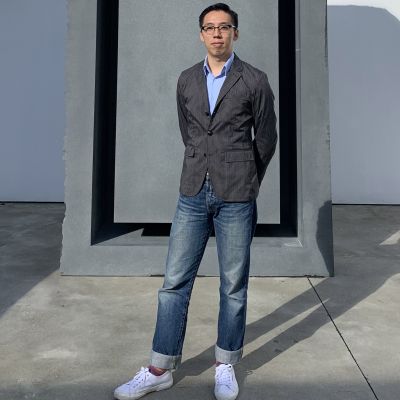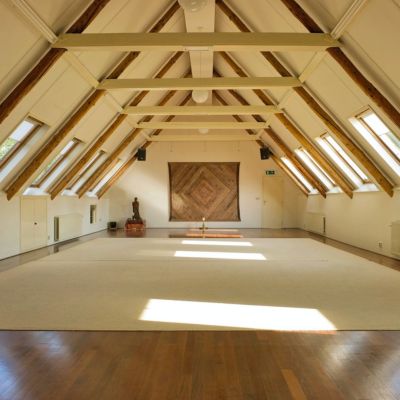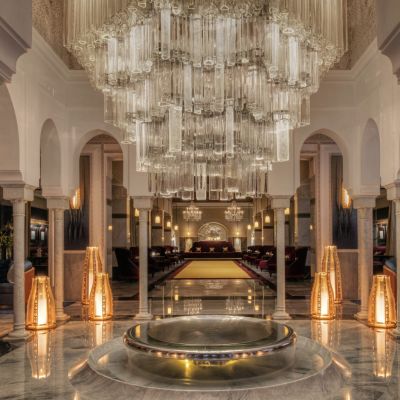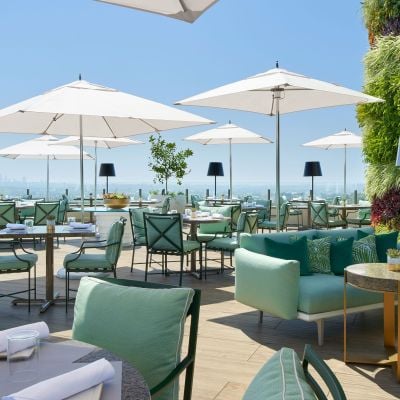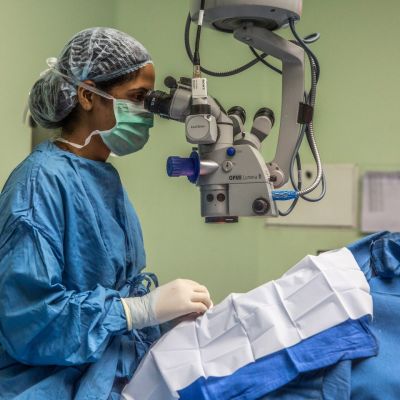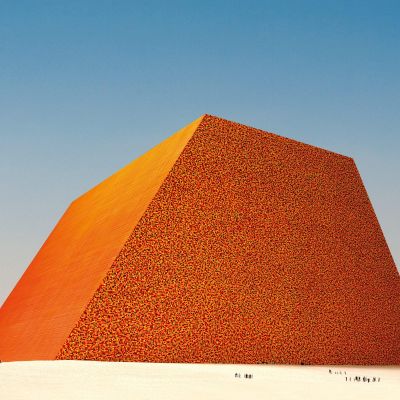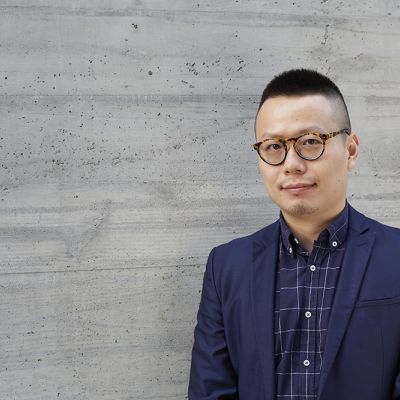Haute Altitude
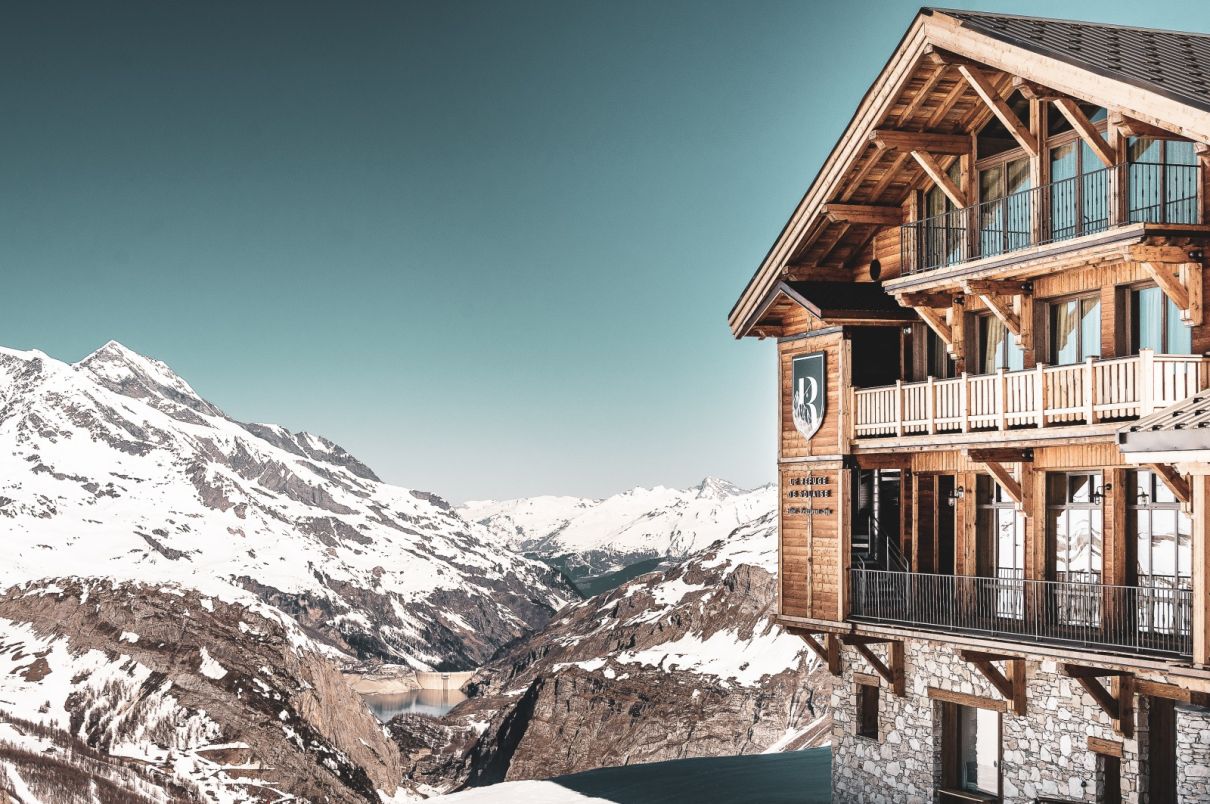
Perched high above Val d’Isère at 2,551m, Le Refuge de Solaise is France’s highest hotel, and one of its finest.
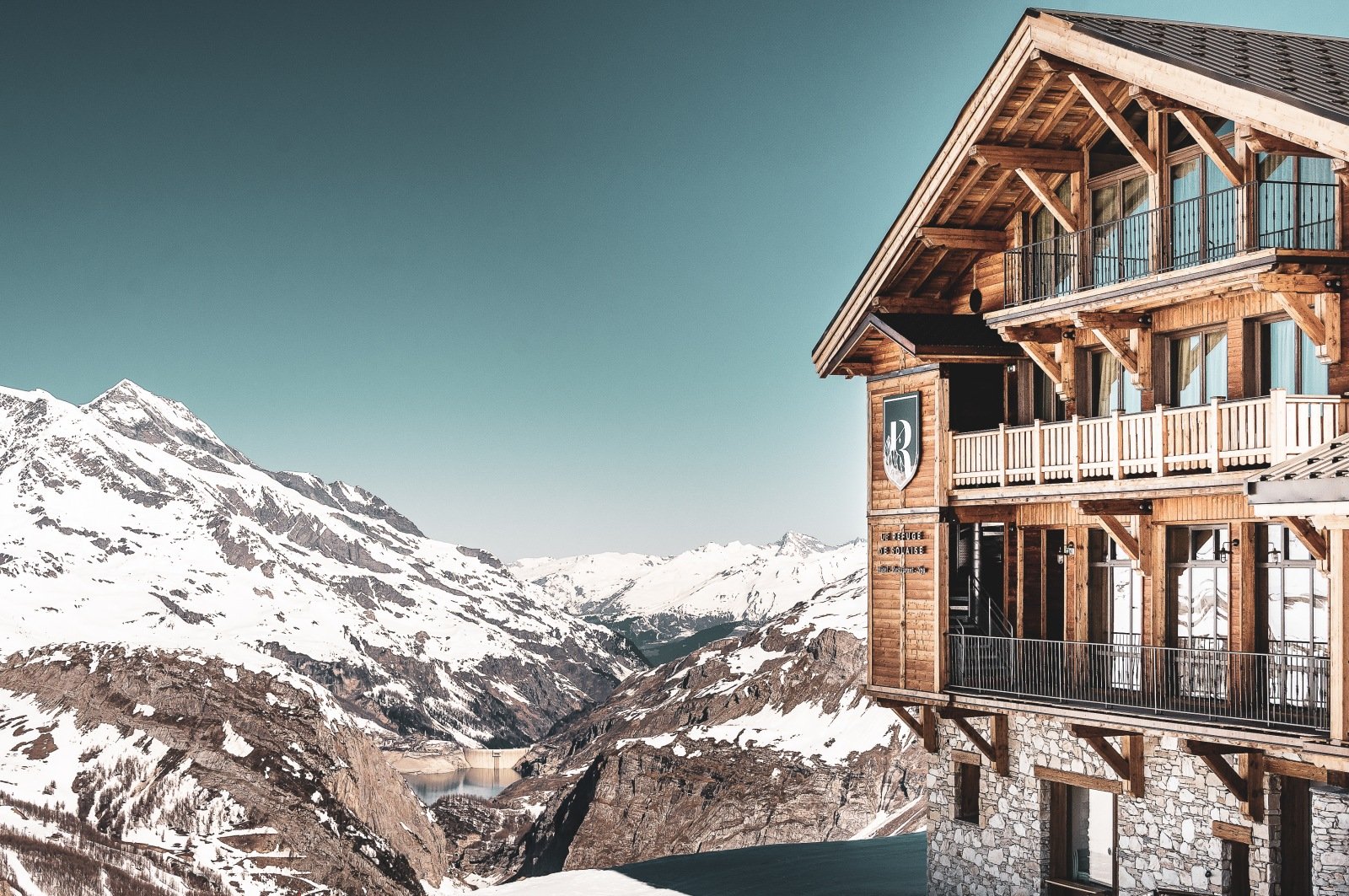
During the Second World War the first and highest cable car in the French Alps was built. It started operating above Val d’Isère in 1939, reaching the Tête de Solaise mountain top in a few minutes.
Eighty years later after an ambitious renovation, opening for the 2019-2020 winter season, the former lift station was transformed into a fully-fledged luxury hotel. The 16-room Refuge de Solaise includes a 250-seat panoramic Gigi restaurant (the space doubled by an equally vast outside terrace), a lounge bar, a spa and hammam and a swimming pool.
Today, it is all run by Paris Society, the Accor-owned French hospitality brand with a collection of 60 restaurants, clubs, hotels and events venues.
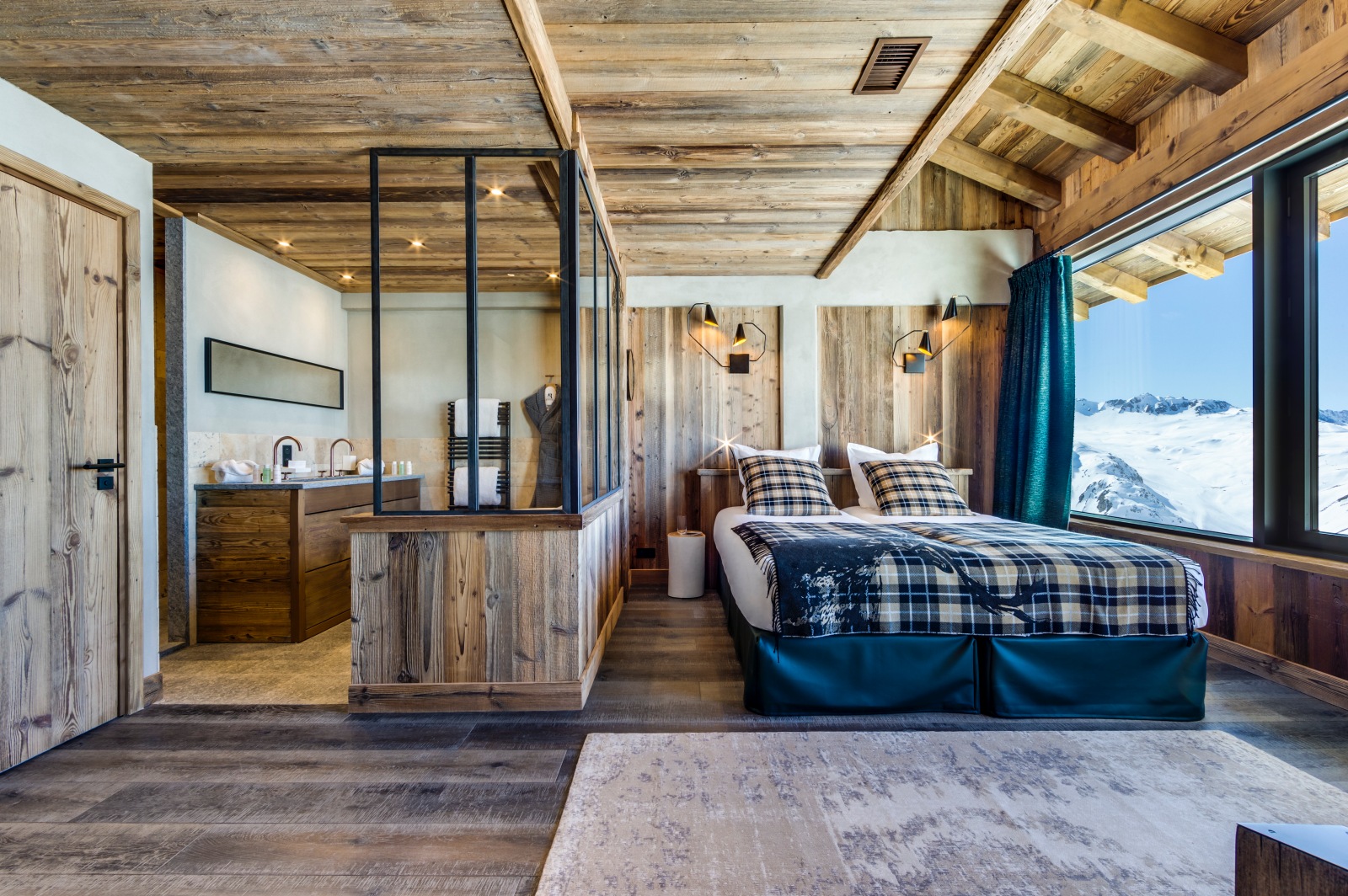
During the renovation the question of the hotel’s environmental impact was raised: “Le Refuge de Solaise is not only the highest hotel in Europe, but it is located close to the Vanoise National Parc’s borders. A protected sanctuary, it is famous for its wild sceneries, flora and fauna”, general manager Renaud Brahimi explains. “So countless environmental studies were undertaken to imagine a self-sufficient building with a reduced ecological impact and build for the future”.
Led by respected local savoyard real estate developer Jean-Charles Covarel, the Refuge obtained two permits to build a hotel after completing an in-depth ecological impact survey over the course of four seasons and doing an exhaustive inventory of the surrounding biodiversity (fauna and flora included).
“We had to prove that our project would not compromise any of the existing species at play. Then our studies were put to a vote and approved by a commission composed of local environmental protection associations. Our main arguments were to give a new life to an abandoned structure, to repurpose it rather than demolish it, to rely on the existing and newly built cable car to operate the hotel and have a limited impact on the environment during the extension”, comments Jean-Charles Covarel.
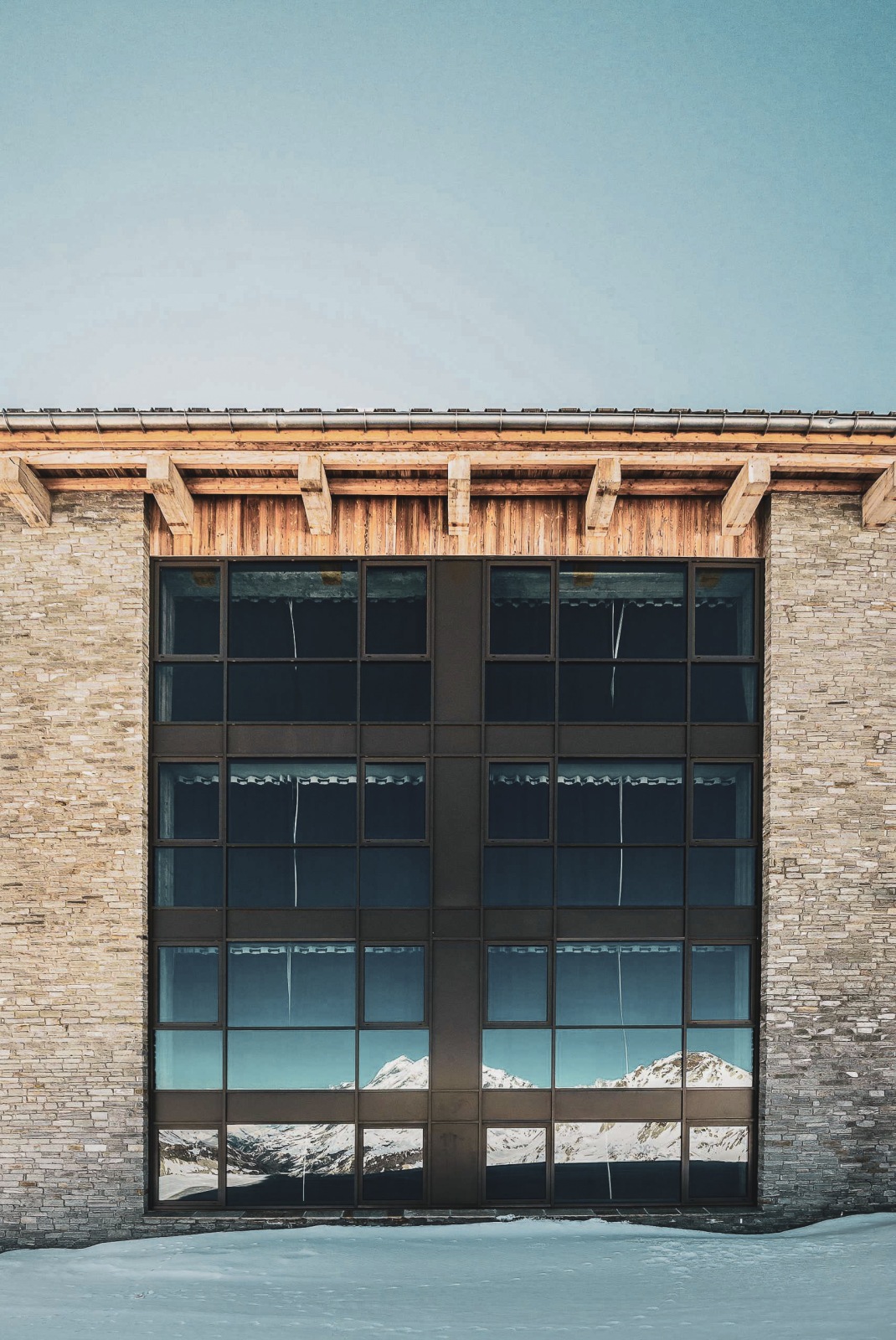
Efforts to build a sustainable destination were immense. A new sewage system was completed and connected to the one in the valley; a huge container was built to stock ground glass during the winter months; compressors were bought to reduce the volume of waste. Waste management at 2,551m high is a balancing act, commented Brahimi.
Originally built using steel sections, stone and concrete walls, the former hangar was enhanced by local artisans, who work following local traditions. Using mountain spruce FSC wood from Savoie and Haute-Savoie and reclaimed wooden beams from former alpine chalets, traditional wooden frames - which took 2.5 years to build - were added to create a cathedral-like volume above the lounge and bar areas.
The stone-work was also meticulous; stones were selected in the local Manchet quarry. Overseeing the project, Jean-Charles Covarel selected the best tradesmen in every profession: “We have two carpenter’s workshops: one in Chambery and a secondary one in Val d’Isère. Without their skills none of our projects would rise from the ground," he adds.
The insulation of the building was completely redone to protect the Refuge, and the guests, in the heart of winter. “When a storm hits, we are amongst ourselves. The cable car doesn't run and up here, you can’t even open a door. The refuge has to be completely self-sufficient”, Brahimi explains.
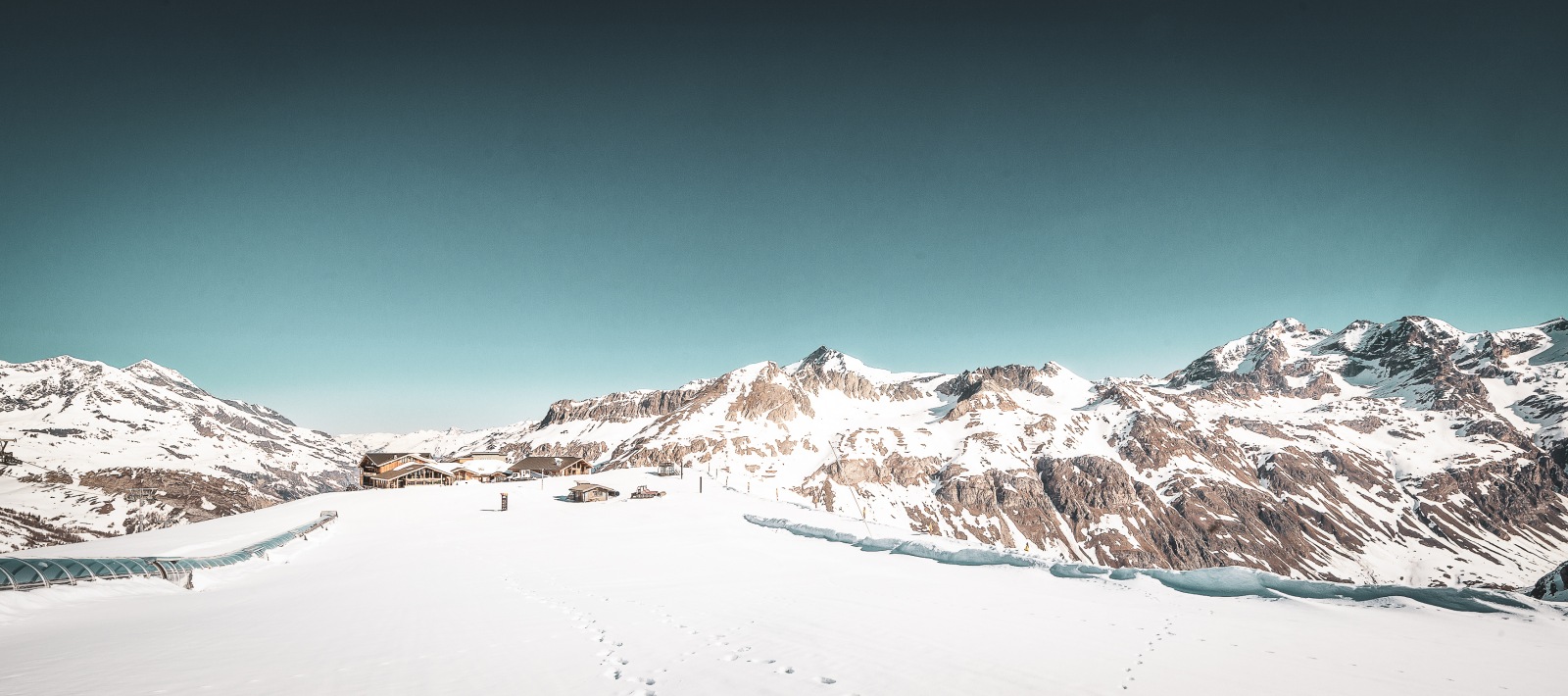
“Every day, we rely on the cable car and a local network of producers: every morning, we bring up two to four tons of fresh produce between 7.30 and 8am. What doesn’t make it then is usually lost! Take salads, they need to be wrapped in newspaper to avoid freezing in the morning cold. We rely on Saveur Montagne for the meat because they are not only local, but they know the roads and can navigate in bad weather conditions. Running a hotel so high up comes down to mastering logistics”, Brahimi adds.
For Le Refuge de Solaise, it is paramount to rely on local partnerships with farms and producers: based in Val d’Isère, La Ferme de l’Adroit looks after a cow called Olympe, whose milk is only used to produce butter, fromage blanc, yogurts and cheeses for the Refuge. “It makes us and customers proud to have ‘our own cow’”, adds Antoine Santini, head of Food and beverage, who looks after a menu composed mainly of franco-Italian alpine specialties.
Delivering up to 1,000 meals a day between the Gigi restaurant and the vast terrace, the Refuge de Solaise is a destination in itself that many skiers, tourists and mountains lovers visit. They order a local soup, homemade gnocchi, a cheese gratinée, enjoy the vibe and the breathtaking view. All agree, Le Refuge de Solaise is definitely a place to take refuge.


